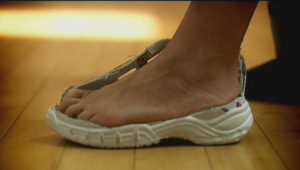Children’s shoes: Manufacturers’ sizes incorrect

Inaccurate and misleading sizing is one of the main reasons over half of all children wear shoes that are too small. A current study shows just how dramatic the situation really is: 86% of all children?s shoes are smaller than indicated by the labelled size.
How can we reduce the number of children wearing poorly fitting shoes? That was the focus of a study conducted by the Austrian research team Children?s Feet ? Children?s Shoes in cooperation with the health insurance provider Krankenkasse Salzburg (GKK). For this project, the team visited pre-schools to measure the fit of children?s shoes and measure if the shoes were the size indicated by the label. Even the researchers were surprised by the results: 1,638 of the 1,898 shoes measured were shorter in length than they should have been according to the size, some by as much as four whole sizes.
Wieland Kinz, project head, says, ?86% of children?s shoes are made much too small. We are quite perplexed by this, because for it to be happening on this scale, manufacturers have to be doing it on purpose. The objective is probably to force parents to buy new shoes more often, which means that companies are deliberately putting children?s health at risk to make a profit.?
In previous studies, a definite correlation between too-short shoes and permanently deformed large toes (hallux valgus) in pre-school-age children has been scientifically proven.
The research team recommends that parents always measure the inside length of shoes before purchase. In shoe stores or when purchasing online, parents should insist on being given the inside length of shoes. This is the only way to be sure shoes have the 12mm (1/2 inch) extra space kids? feet need.
Tip: You can check for yourself if shoes are labelled with the correct size. One UK size is 1/3 inch (8.46 mm), and a size 0 shoe starts at 4 inches in length. This means a size 12 shoe should have an inside length of 8 inches (203.2 mm).


